205 posts
Latest Posts by ourvioletdeath - Page 5





napping bear. or, melodramatic thespian bear. photos by olav thokle in alaska’s lake clark national park

Peering into neural networks
Neural networks, which learn to perform computational tasks by analyzing large sets of training data, are responsible for today’s best-performing artificial intelligence systems, from speech recognition systems, to automatic translators, to self-driving cars.
But neural nets are black boxes. Once they’ve been trained, even their designers rarely have any idea what they’re doing — what data elements they’re processing and how.
Two years ago, a team of computer-vision researchers from MIT’s Computer Science and Artificial Intelligence Laboratory (CSAIL) described a method for peering into the black box of a neural net trained to identify visual scenes. The method provided some interesting insights, but it required data to be sent to human reviewers recruited through Amazon’s Mechanical Turk crowdsourcing service.
At this year’s Computer Vision and Pattern Recognition conference, CSAIL researchers presented a fully automated version of the same system. Where the previous paper reported the analysis of one type of neural network trained to perform one task, the new paper reports the analysis of four types of neural networks trained to perform more than 20 tasks, including recognizing scenes and objects, colorizing grey images, and solving puzzles. Some of the new networks are so large that analyzing any one of them would have been cost-prohibitive under the old method.
The researchers also conducted several sets of experiments on their networks that not only shed light on the nature of several computer-vision and computational-photography algorithms, but could also provide some evidence about the organization of the human brain.
Neural networks are so called because they loosely resemble the human nervous system, with large numbers of fairly simple but densely connected information-processing “nodes.” Like neurons, a neural net’s nodes receive information signals from their neighbors and then either “fire” — emitting their own signals — or don’t. And as with neurons, the strength of a node’s firing response can vary.
In both the new paper and the earlier one, the MIT researchers doctored neural networks trained to perform computer vision tasks so that they disclosed the strength with which individual nodes fired in response to different input images. Then they selected the 10 input images that provoked the strongest response from each node.
In the earlier paper, the researchers sent the images to workers recruited through Mechanical Turk, who were asked to identify what the images had in common. In the new paper, they use a computer system instead.
“We catalogued 1,100 visual concepts — things like the color green, or a swirly texture, or wood material, or a human face, or a bicycle wheel, or a snowy mountaintop,” says David Bau, an MIT graduate student in electrical engineering and computer science and one of the paper’s two first authors. “We drew on several data sets that other people had developed, and merged them into a broadly and densely labeled data set of visual concepts. It’s got many, many labels, and for each label we know which pixels in which image correspond to that label.”
The paper’s other authors are Bolei Zhou, co-first author and fellow graduate student; Antonio Torralba, MIT professor of electrical engineering and computer science; Aude Oliva, CSAIL principal research scientist; and Aditya Khosla, who earned his PhD as a member of Torralba’s group and is now the chief technology officer of the medical-computing company PathAI.
The researchers also knew which pixels of which images corresponded to a given network node’s strongest responses. Today’s neural nets are organized into layers. Data are fed into the lowest layer, which processes them and passes them to the next layer, and so on. With visual data, the input images are broken into small chunks, and each chunk is fed to a separate input node.
For every strong response from a high-level node in one of their networks, the researchers could trace back the firing patterns that led to it, and thus identify the specific image pixels it was responding to. Because their system could frequently identify labels that corresponded to the precise pixel clusters that provoked a strong response from a given node, it could characterize the node’s behavior with great specificity.
The researchers organized the visual concepts in their database into a hierarchy. Each level of the hierarchy incorporates concepts from the level below, beginning with colors and working upward through textures, materials, parts, objects, and scenes. Typically, lower layers of a neural network would fire in response to simpler visual properties — such as colors and textures — and higher layers would fire in response to more complex properties.
But the hierarchy also allowed the researchers to quantify the emphasis that networks trained to perform different tasks placed on different visual properties. For instance, a network trained to colorize black-and-white images devoted a large majority of its nodes to recognizing textures. Another network, when trained to track objects across several frames of video, devoted a higher percentage of its nodes to scene recognition than it did when trained to recognize scenes; in that case, many of its nodes were in fact dedicated to object detection.
One of the researchers’ experiments could conceivably shed light on a vexed question in neuroscience. Research involving human subjects with electrodes implanted in their brains to control severe neurological disorders has seemed to suggest that individual neurons in the brain fire in response to specific visual stimuli. This hypothesis, originally called the grandmother-neuron hypothesis, is more familiar to a recent generation of neuroscientists as the Jennifer-Aniston-neuron hypothesis, after the discovery that several neurological patients had neurons that appeared to respond only to depictions of particular Hollywood celebrities.
Many neuroscientists dispute this interpretation. They argue that shifting constellations of neurons, rather than individual neurons, anchor sensory discriminations in the brain. Thus, the so-called Jennifer Aniston neuron is merely one of many neurons that collectively fire in response to images of Jennifer Aniston. And it’s probably part of many other constellations that fire in response to stimuli that haven’t been tested yet.
Because their new analytic technique is fully automated, the MIT researchers were able to test whether something similar takes place in a neural network trained to recognize visual scenes. In addition to identifying individual network nodes that were tuned to particular visual concepts, they also considered randomly selected combinations of nodes. Combinations of nodes, however, picked out far fewer visual concepts than individual nodes did — roughly 80 percent fewer.
“To my eye, this is suggesting that neural networks are actually trying to approximate getting a grandmother neuron,” Bau says. “They’re not trying to just smear the idea of grandmother all over the place. They’re trying to assign it to a neuron. It’s this interesting hint of this structure that most people don’t believe is that simple.”
mdlksdfsd my fave thing is when ppl outside of florida ask “how do alligators even get in ur pools??? how do they get into ur yards???”

alligators can climb fences. they do this a lot
In a twisted form of a "soulmate" story, people are born in pairs where only their counterpart is able to kill them. If you kill your counterpart, you forfeit your own death and thus become immortal.




Some sketches of the wild Raven while he is still in the park, he is a joy to sit with and draw. Even if he tries to steal my sketchbook at every opportunity.

World AIDS Day by the Numbers
36.7 – Estimated number of people, in millions, around the world living with HIV
1.8 – Estimated number who are children, in millions
30+ – Number of FDA-approved antiretroviral drugs for treating HIV
18.2 – Estimated number of HIV-infected persons worldwide, in millions, receiving antiretroviral therapy (ART)
380,000 – Lifetime treatment cost, in dollars, for an HIV infection
96 – Percentage reduction in likelihood of HIV transmission via sex from HIV-positive person on ART to HIV-negative partner
90 – Percentage chance of avoiding HIV by taking PrEP, a daily prescription antiretroviral
30 – Percentage of persons globally who do not know they are infected by HIV
13 – Percentage in the U.S.
78 – Estimated number of people, in millions, around the world who have become infected with HIV since the start of the epidemic in 1981
35 – Estimated number who have died of AIDS-related illnesses worldwide, in millions
675,000 – Estimated number of people in U.S. who have died
13,000 – Number of Americans who die from AIDS-related causes each year
1.8 million – Estimated number around the world of new HIV infections in 2016, down from 2.1 million in 2015 and a 16 percent decrease since 2010
1 million – Number of people around the world who died of AIDS-related illnesses in 2016
80 – Percentage chance that a girl growing up in Swaziland, Africa will die due to HIV-related causes
1.2 million – Number of Americans currently living with HIV
9.5 – Someone in US is diagnosed with HIV, in minutes
1 in 7 – Ratio of those infected who do not know they are infected
44 – Percentage of adolescent and young adults in US, age 13-24, who do not know they are infected with HIV
23 – Percentage of persons in U.S. with HIV who are simultaneously diagnosed with AIDS
52 – Percentage of new HIV diagnoses in 2015 nationwide based in South, followed by Northeast, West and Midwest, all 18 percent or less
7 – Number of US states with rates of HIV diagnoses equal or above 20 per 100,000 people: Nevada, Texas, Louisiana, Mississippi, Georgia, Florida and Maryland
1 in 49 – Lifetime risk of HIV diagnosis in Maryland, the highest risk among states (Washington, DC has a 1 in 13 lifetime risk)
1 in 670 – Lifetime risk of HIV diagnosis in North Dakota, the lowest
1 in 99 – Average lifetime risk nationwide
3 – Average length of survival, in years, after a diagnosis of AIDS without treatment
77 – Average life expectancy of a 20-year-old man diagnosed with HIV who receives treatment
78.7 – Average life expectancy of an American male
200 – Number of CD4 cells (a type of immune cell) per cubic millimeter of blood under which a person is considered to have advanced to AIDS
788 million – Federal funding, in dollars, for domestic HIV/AIDS research and prevention in U.S. in 2017
0.71 per 100 – In charitable donations, in dollars, made by U.S. foundations and corporations to HIV/AIDS causes in 2017
549 million – Annual giving to HIV/AIDS programs by private citizens in U.S.
Sources: UNAIDS; Centers for Disease Control; AMFAR; World Health Organization; U.S. Department of Health and Human Services; WalletHub; U.S. President’s Emergency Plan for AIDS Relief; Funders Concerned About AIDS; Kaiser Family Foundation
Pictured: A colorized scanning electron micrograph of an HIV-infected human T cell. Image courtesy of NIH.
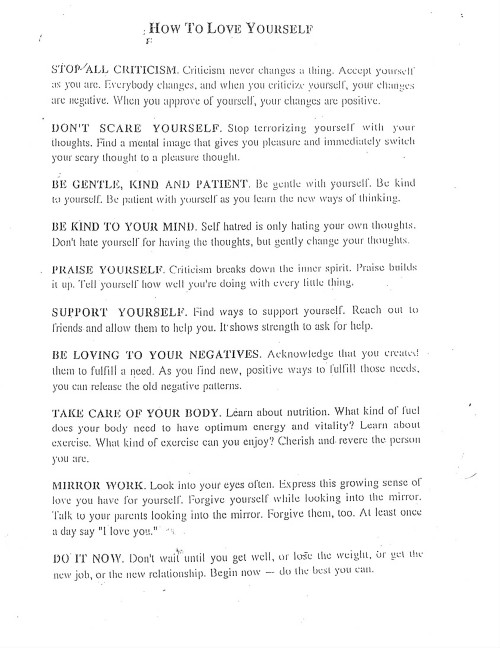
Please let it be about my grades

A reminder that turning in assignments for partial credit is better than not turning them in at all. It is. Even if you think you’ve done a bad job and are ashamed of your work, or it’s way overdue, you take whatever you can get. Partial credit dramatically improves your grade over a zero, and I’m always astounded by how often even the smartest kids don’t really comprehend that. 60% is worlds better than 0%. Even 10% is going to help you. Letter grades are misleading and are not created equal. “F"s are mathematically valuable. Turn that late assignment in.
my dog took a bullet for me










The Way brothers





(Image caption: Two Aplysia sensory neurons with synaptic contacts on the same motor neuron in culture after isolation from the nervous system of Aplysia. The motor neuron has been injected with a fluorescent molecule that blocks the activity of a specific Protein Kinase M molecule. Credit: Schacher Lab/Columbia University Medical Center)
Select Memories Can Be Erased, Leaving Others Intact
Different types of memories stored in the same neuron of the marine snail Aplysia can be selectively erased, according to a new study by researchers at Columbia University Medical Center (CUMC) and McGill University and published in Current Biology.
The findings suggest that it may be possible to develop drugs to delete memories that trigger anxiety and post-traumatic stress disorder (PTSD) without affecting other important memories of past events.
During emotional or traumatic events, multiple memories can become encoded, including memories of any incidental information that is present when the event occurs. In the case of a traumatic experience, the incidental, or neutral, information can trigger anxiety attacks long after the event has occurred, say the researchers.
“The example I like to give is, if you are walking in a high-crime area and you take a shortcut through a dark alley and get mugged, and then you happen to see a mailbox nearby, you might get really nervous when you want to mail something later on,” says Samuel Schacher, PhD, a professor of neuroscience in the Department of Psychiatry at CUMC and co-author of the paper. In the example, fear of dark alleys is an associative memory that provides important information—e.g., fear of dark alleys—based on a previous experience. Fear of mailboxes, however, is an incidental, non-associative memory that is not directly related to the traumatic event.
“One focus of our current research is to develop strategies to eliminate problematic non-associative memories that may become stamped on the brain during a traumatic experience without harming associative memories, which can help people make informed decisions in the future—like not taking shortcuts through dark alleys in high-crime areas,” Dr. Schacher adds.
Brains create long-term memories, in part, by increasing the strength of connections between neurons and maintaining those connections over time. Previous research suggested that increases in synaptic strength in creating associative and non-associative memories share common properties. This suggests that selectively eliminating non-associative synaptic memories would be impossible, because for any one neuron, a single mechanism would be responsible for maintaining all forms of synaptic memories.
The new study tested that hypothesis by stimulating two sensory neurons connected to a single motor neuron of the marine snail Aplysia; one sensory neuron was stimulated to induce an associative memory and the other to induce a non-associative memory.
By measuring the strength of each connection, the researchers found that the increase in the strength of each connection produced by the different stimuli was maintained by a different form of a Protein Kinase M (PKM) molecule (PKM Apl III for associative synaptic memory and PKM Apl I for non-associative). They found that each memory could be erased – without affecting the other — by blocking one of the PKM molecules.
In addition, they found that specific synaptic memories may also be erased by blocking the function of distinct variants of other molecules that either help produce PKMs or protect them from breaking down.
The researchers say that their results could be useful in understanding human memory because vertebrates have similar versions of the Aplysia PKM proteins that participate in the formation of long-term memories. In addition, the PKM-protecting protein KIBRA is expressed in humans, and mutations of this gene produce intellectual disability.
“Memory erasure has the potential to alleviate PTSD and anxiety disorders by removing the non-associative memory that causes the maladaptive physiological response,” says Jiangyuan Hu, PhD, an associate research scientist in the Department of Psychiatry at CUMC and co-author of the paper. “By isolating the exact molecules that maintain non-associative memory, we may be able to develop drugs that can treat anxiety without affecting the patient’s normal memory of past events.”
“Our study is a ‘proof of principle’ that presents an opportunity for developing strategies and perhaps therapies to address anxiety,” said Dr. Schacher. “For example, because memories are still likely to change immediately after recollection, a therapist may help to ‘rewrite’ a non-associative memory by administering a drug that inhibits the maintenance of non-associative memory.”
Future studies in preclinical models are needed to better understand how PKMs are produced and localized at the synapse before researchers can determine which drugs may weaken non-associative memories.

Hey friends, my book on fighting depression, How Hard It Really Is, is on sale for only 1.99. From a painstaking year and a half of research, interviews, and surveys, take a journey with me through managing mental illness and navigating the surprising truths and myths about depression.
Ebook sale: https://www.amazon.com/How-Hard-It-Really-Is-ebook/dp/B073TX15LB
The paperback is also only 8.99 here: https://www.amazon.com/How-Hard-It-Really-Is/dp/0692910360
For my quick video on depression: https://www.youtube.com/watch?v=xggg6xFObIE
When I was a child I was afraid of the moon. I used to think that the sky was a giant raven and the moon changing phases was its slowly blinking eye, watching me.
Draw the giant space raven.
YO.
You’re a hit man with a conscience - before every kill, you help the victim check something off their bucket list.
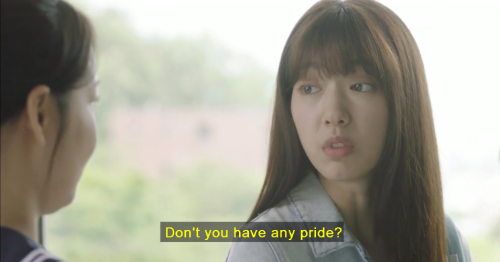
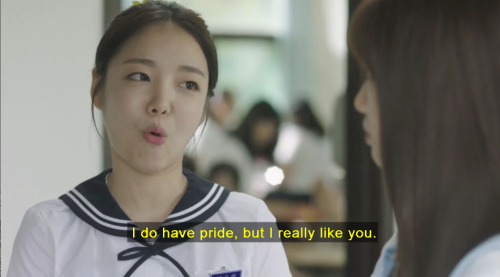
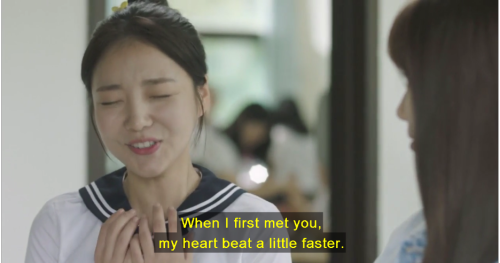
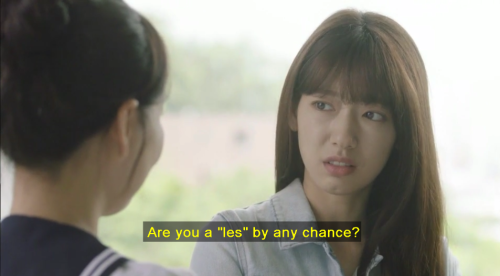
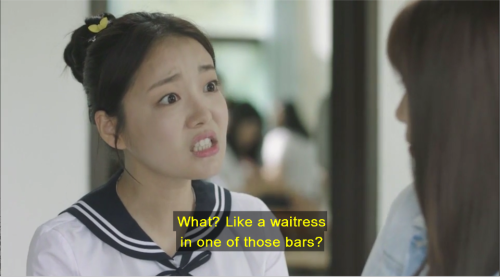
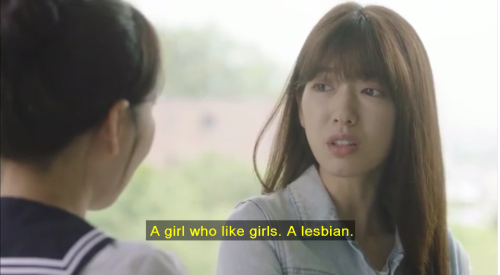
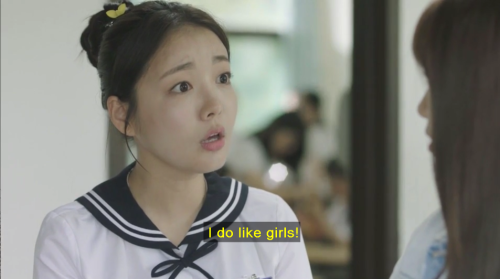
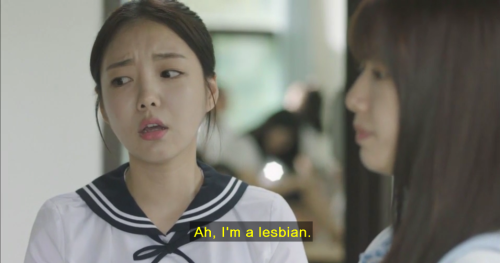
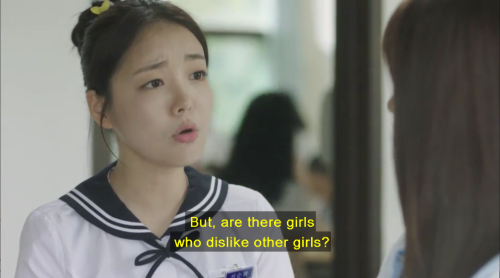
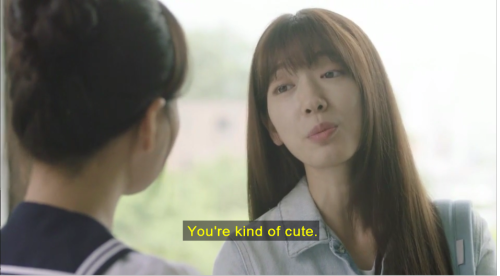

girl crush

If you’re an introvert, follow us @introvertunites
What’s the worst thing I’ve stolen? Probably little pieces of other people’s lives. Where I’ve either wasted their time or hurt them in some way. That’s the worst thing you can steal, the time of other people. You just can’t get that back.
Chester Bennington (via wordsnquotes)




The fairest of them all.
The best babysitter


other fav character this season tho B)
Can we romanticize video games the way we do books?
Like you hear all these things about how you can curl up with a book on a rainy day and drink tea and smother yourself in blankets but anytime you hear things about video games it’s always about how you’re wasting your life away yelling into a headset as you play Call of Duty in a basement?
Imagine bundling yourself up on the couch, the sound of rain hitting the roof, and putting on Fable for a few hours. Or getting home after a long day of work. You make yourself a cup of cocoa, put on fuzzy pjs, and play Viva Piñata for hours not giving a second thought to the outside world. Semester just got out? Throw on some Fallout and just take a night to breathe and enjoy.
You aren’t wasting your life away, you’re enjoying it. Games can be just as much an escape as books, except you get to be part of the story.
Starfish walking on land 😱🌠



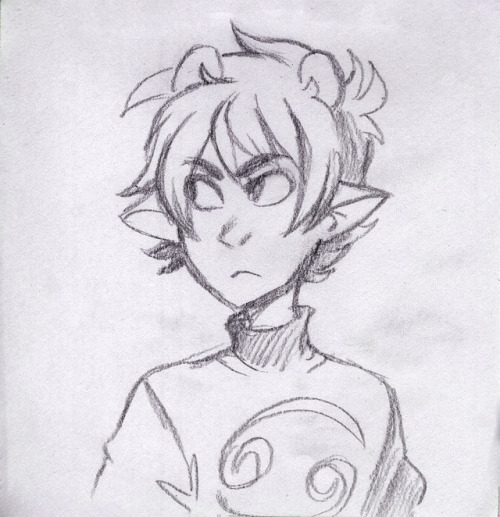




some of the pencil sketch commissions I’ve been doing for patrons the past months!
((I will draw/mail you a custom sketch of whichever character or oc you prefer each month you pledge, if you’re interested you can join here (=

My contribution to the official Homestuck Calendar 2018! 💛 My assigned month was March so I decided to draw my favourite nerds attending one of the spring Japanese festivals 🏮 They bought lots of anime merchandise, too!






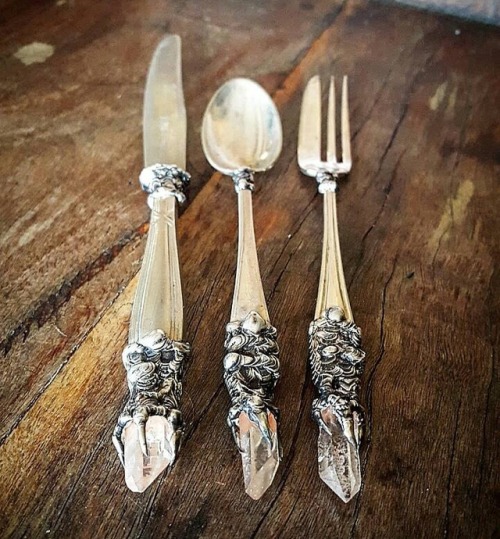
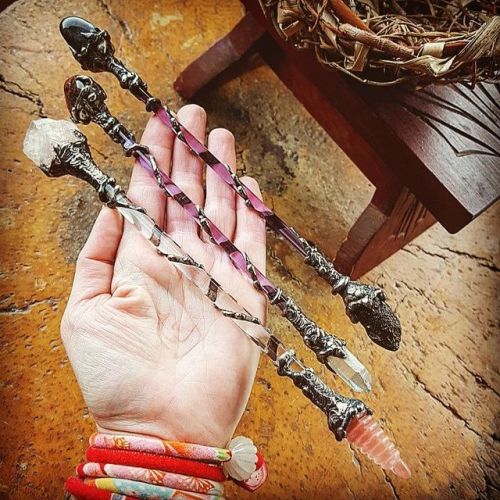


Crystal Goblets, Cutlery and Wands by Leonie Vivienne Rothman on Etsy


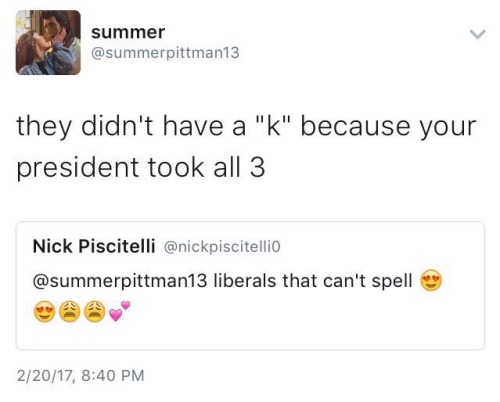

Why Do Some People with Cystic Fibrosis Live Much Longer Than Others?
Researchers at Boston Children’s Hospital have found that longevity among patients with cystic fibrosis (CF) may be linked to their genes.
Studying over 600 patients with CF, the scientists found five individuals who stood out due to their age–in their 50s and 60s–and relative lung function. By sequencing the genomes of those five patients, the scientists found a set of rare and never-before-discovered genetic variants, related to so-called epithelial sodium channels (ENaCs), that might help explain their longevity and stable lung function.
“Our hypothesis is that these ENaC mutations help to rehydrate the airways of CF patients, making it less likely for detrimental bacteria to take up residence in the lungs,” said Ruobing Wang, MD, a pulmonologist at Boston Children’s.
Read more
Funding: This work was supported by the Gene Discovery Core of The Manton Center for Orphan Disease Research, Boston Children’s Hospital; Gilda and Alfred Slifka, Gail and Adam Slifka and the CFMS Fund; the National Institute of Arthritis and Musculoskeletal and Skeletal Diseases; the National Institute of Health (NIH) (U54 HD090255, P30 DK079307); the Eunice Kennedy Shriver National Institute of Child Health and Human Development/National Human Genome Research Institute/NIH (U19 HD077671); the May Family Fund; Cystic Fibrosis Foundation Therapeutics, Inc. (RO1 HL090136 and U01 HL100402 RFA-HL-09-004); and the National Heart, Lung, and Blood Institute (R37HL51856).
Raise your voice in support of expanding federal funding for life-saving medical research by joining the AAMC’s advocacy community.

Most animals with a well-known white morph (lions, tigers, domestic cats, peacocks) are leucistic, not albinistic. True albinos are much rarer and are usually only bred-for in indoor pets (mice, rats, snakes).
Patreon